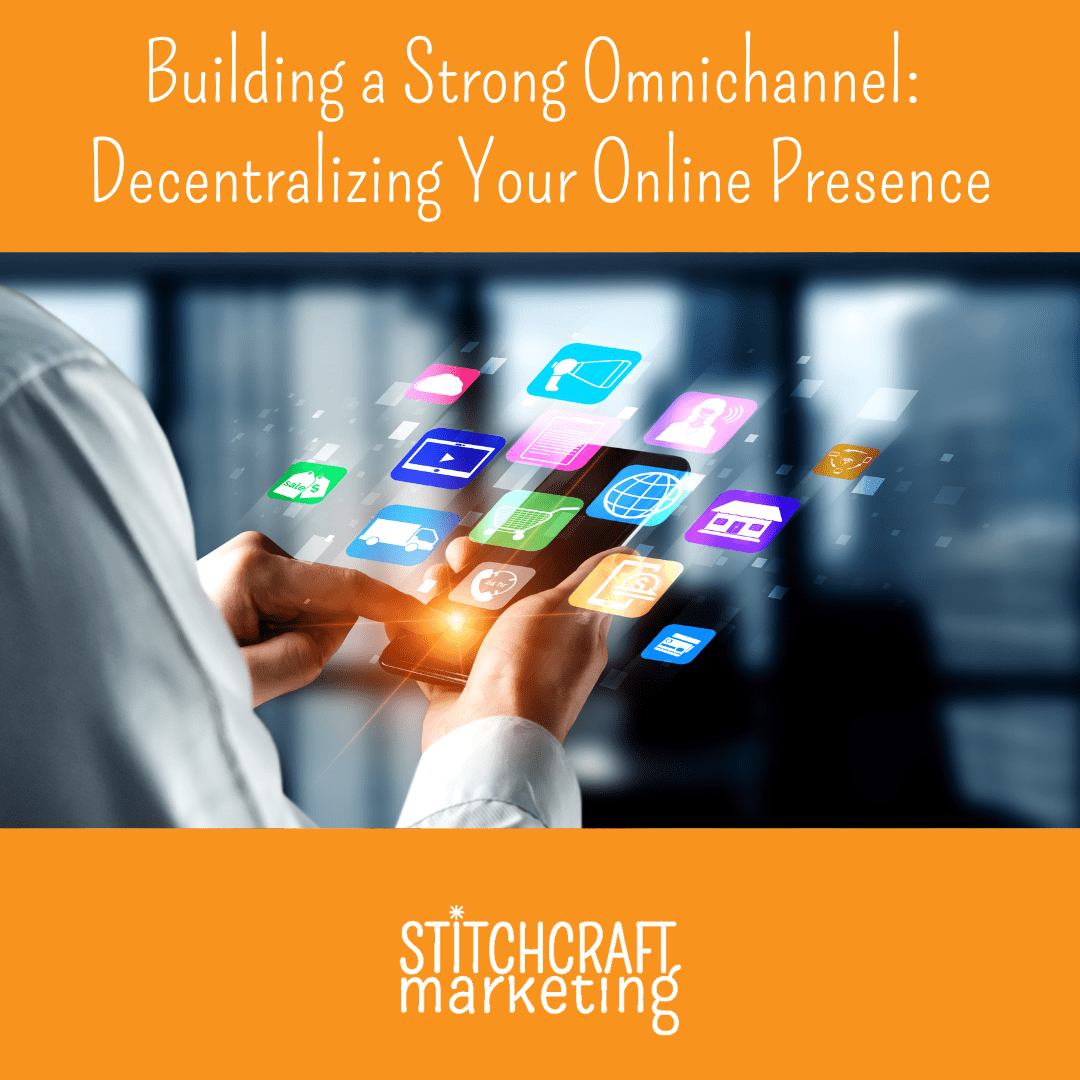
05 May Building a Strong Omnichannel: Decentralizing Your Online Presence
Earlier this year, Facebook announced that it would no longer host Facebook Live videos beyond thirty days. We heard from several of our craft business clients upset with the decision. Where would their live monthly tutorials go? What about their weekly video chats with their followers, which often includes rich information, valuable interactions, and shared resources? The countdown was on to download all of their videos and strategize how to preserve them elsewhere.
This is not the first time a social media platform has unceremoniously dumped a feature its users love. Instagram users suffered similar frustrations around the shift away from chronological content both in the feed and in the search functions, with an unknowable algorithm serving content based on factors outside of their control and understanding. Beyond the inevitable change aversion most people feel, these shifts in user experience affect business strategies and your ability to reach your audience. For example, Facebook is constantly changing the Facebook Shops experience, which is a direct means for selling products to followers on the platform; the most recent change forced businesses to use Meta’s checkout function. Any shops still directing checkouts to their website or POS system became unsupported.
We’ve discussed the importance of omnichannel marketing as a business strategy. If you’re unfamiliar with the term, read our Quick Guide to Omnichannel Marketing. Essentially, omnichannel marketing creates a single, seamless experience for your customer, uniting efforts across your website, newsletter, social media platforms, and even offline (in-store).
When social media platforms—which remain outside of your control—make fundamental changes to the user experience, it can effectively break the omnichannel marketing experience. If you rely heavily on a single platform that suddenly shifts, it can be devastating to your business. Our condolences to anyone who leaned on Twitter to reach their audience!
Today, we’re sharing three actions you can take right now to help strengthen your omnichannel marketing experience and decentralize your online presence. These are just first steps—creating more focused strategies will rely on evaluating the unique structure of your craft business. If you need help devising a plan, reach out to us for more help!
1. Join the Alternatives
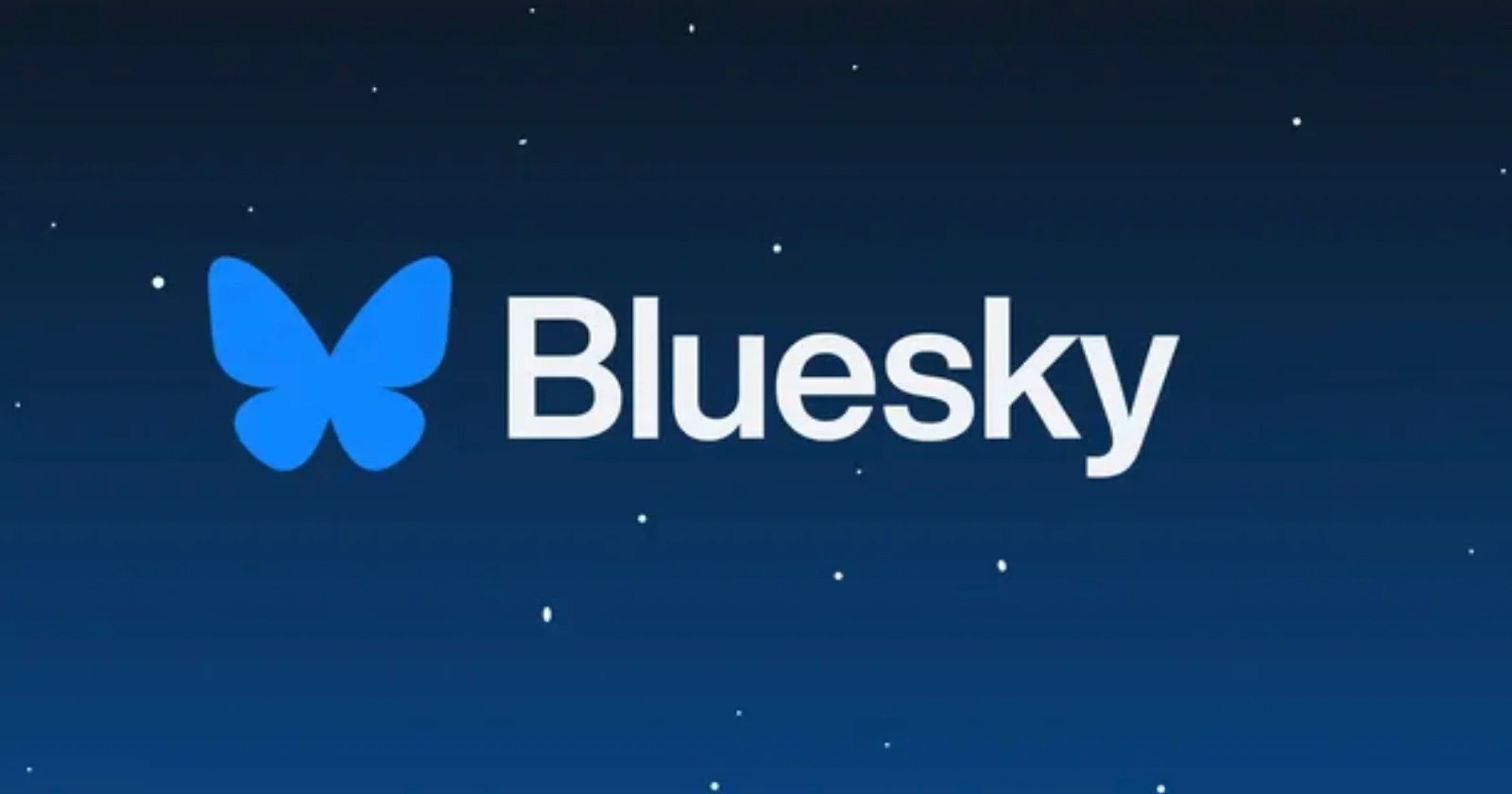
When Twitter went away, alternatives popped up within days and weeks. Suddenly we had Bluesky, Mastodon, and Threads. Bluesky and Mastodon specifically offer decentralized social networks, which operate on independent servers with the power distributed amongst the users. With a decentralized social network, there is no single authority or entity wielding power; instead, the users have control. Together, decentralized social networks make up the Fediverse.
We’ve heard from a lot of craft business clients who do not want to adopt new platforms. We get it. There are so many social media platforms you could potentially join, and you’re already stretched thin making content for Instagram, Facebook, TikTok, Pinterest, YouTube, etc.
We’re not saying you have to adopt every new platform and start creating content for it. However, you should grab your handles (ours is @stitchcraftmarketing). It takes a matter of seconds to sign up for a new platform and secure your name.
Beyond creating a placeholder, listen to your audience. Over the last year, we saw waves of crafters publicly bid adieu to Instagram, citing algorithm changes, lack of engagement, and disagreements with Meta’s politics. Those announcements came with instructions to follow on platforms like Bluesky to stay updated. In the last few months, #Craftiverse on Bluesky has exploded.
It remains to be seen whether Bluesky will usurp Instagram’s position among the majority of crafters. But it doesn’t hurt you to secure your handle on platforms like Bluesky right now. You can worry about your posting strategy later, when the dust settles and we can clearly see which platform is on top.
2. Continue Cross Posting + Atomizing Content
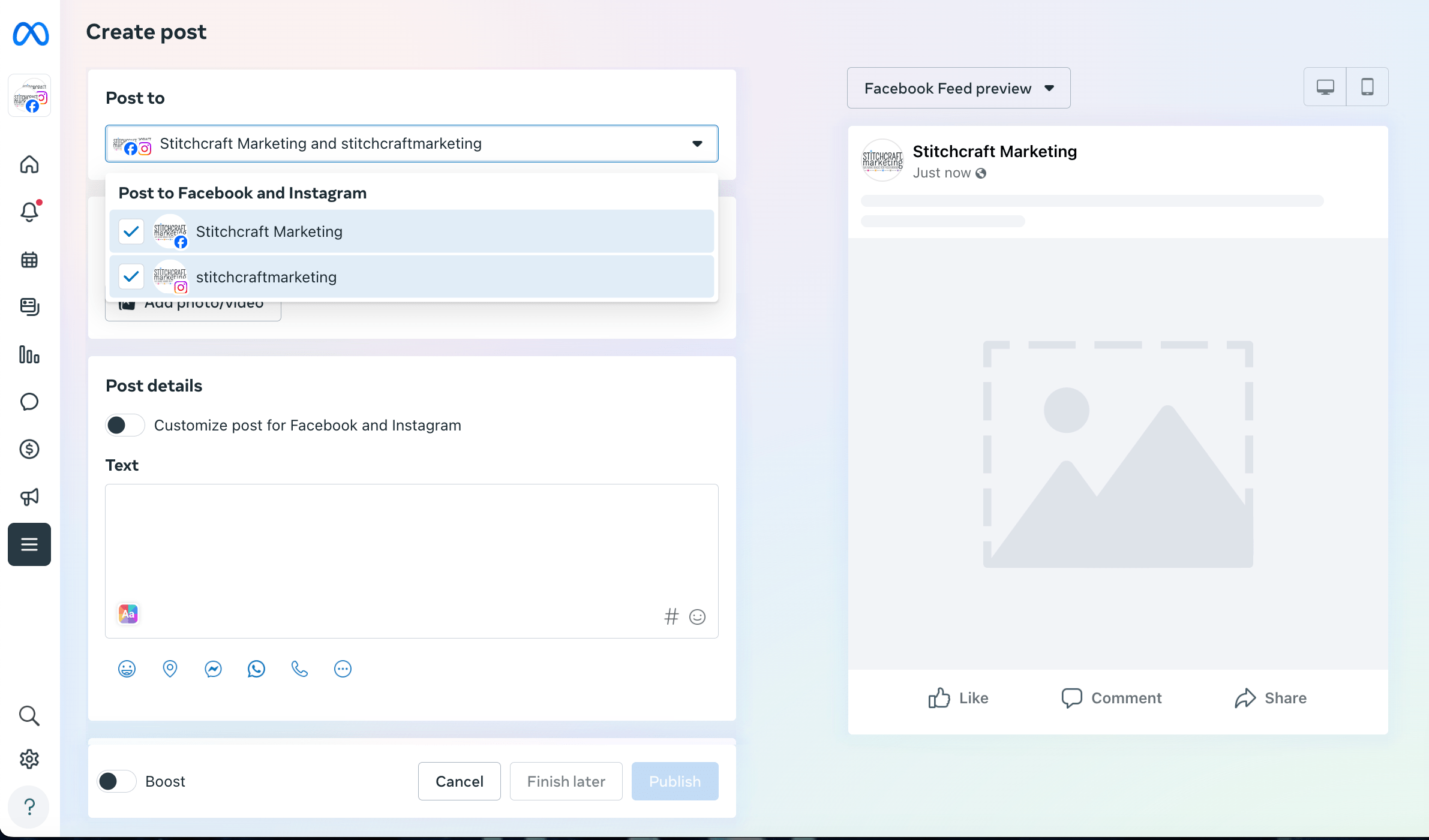
The power of omnichannel marketing resides in blanket coverage. Your goal is to ensure your content reaches your audience everywhere they are and, importantly, that your customer experience remains seamless across all platforms. A customer may see something on Facebook, but initially reach out on Instagram, then follow up with direct contact through your website. Effective integrations of your POS system with social media platforms create a stronger omnichannel; POS systems like Shopify integrate with other platforms like Pinterest and Facebook (Facebook Shops) to enable a smooth process. These platforms also offer CRM (Customer Relationship Management) software to track and hold customer data across systems.
Think of your omnichannel like a web, with each platform as one of the strands of your web. Your web is interconnected, and each strand relies on the strands around it to maintain the strength and integrity of your omnichannel. When one strand fails—or worse yet, disappears entirely—it weakens your omnichannel. Suddenly there are gaps in your blanket coverage.
This is why we stress the importance of strategies like cross posting and content atomization. If one platform suddenly discontinues a service or integration, your other integrated platforms act as backup systems.
When our craft client bemoaned the loss of the Facebook Live Video library earlier this year, we reminded them that they still had not set up a YouTube channel. Before Meta announced the expiration of the library, we had recommended our client create a YouTube channel to host a record of their live videos, complete with links back to their website to purchase featured projects or access additional content. Our recommendation arose from a desire to extend their content across additional channels, potentially reaching new audiences. However, it would have also preserved videos that Facebook now deletes after thirty days. Those saved videos can then be broken down further to create YouTube Shorts, Instagram Reels, and Pinterest and TikTok videos for content atomization and a stronger omnichannel. Learn more about Expanding Your Impact with Content Atomization.
3. Consider Alternative Content Communities
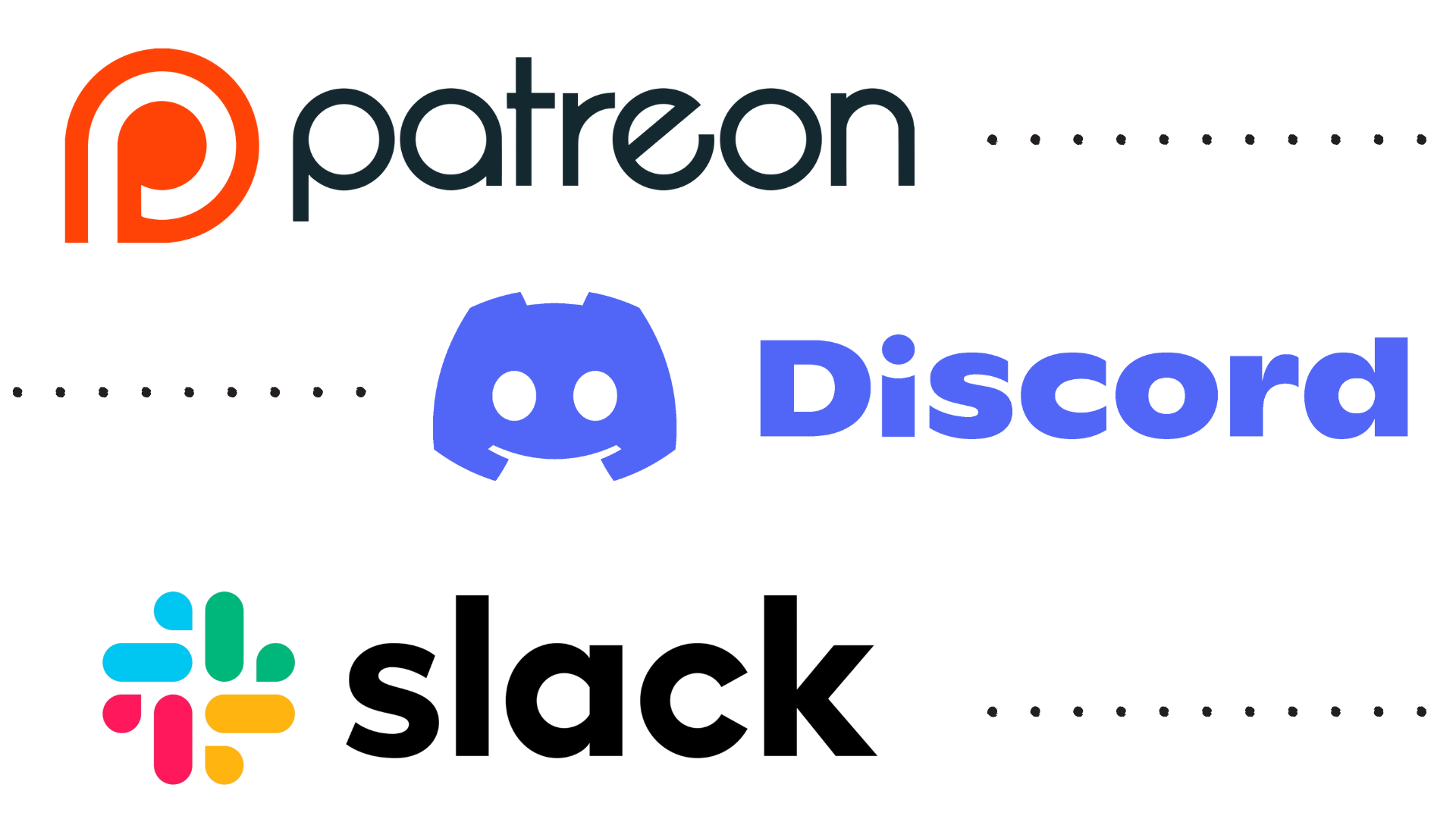
Relying on social media platforms to extend your reach is fantastic until those platforms prove unreliable. It’s all fun and games until a platform decides to pull the plug. As mentioned earlier, heavy Twitter users got hurt when Twitter became X. The move towards decentralized platforms arose from a desire to put more power back into the user’s hands.
The allure of joining social media platforms like Meta, TikTok, Pinterest, and YouTube is undeniable—they are free to access and most of your audience already lives on those platforms. We continue to recommend them as worthwhile platforms for your business growth and as engines to drive traffic to your website. However, if you rely on any of them too heavily and they suddenly disappear… now what?
Creating your own alternative content community weaves a strong thread into your omnichannel web. Platforms like Patreon, Discord, Circle.so, Kajabi, Slack, etc. offer content communities created solely to focus on your business, outside of the whims of social media platform algorithms. Fans and followers who join your content community have explicitly signed up to access your content and hear from your business. The power of that direct contact and interaction can’t be overstated.
However, unlike social media platforms, many content communities require monthly fees—a downside cited among our clients who resist exploring alternatives. We counter that on free social media platforms, you’re paying in other ways, via reduced access to your audience because of a mercurial algorithm and the pressure to place advertisements to reach them.
In addition, some content communities (like Slack, Patreon, and Discord) offer free entry-level memberships, enabling you to test the waters and scale expenditures as your community grows. And, on platforms like Patreon, as you grow you can create paid membership tiers, generating stable monthly revenue from your followers. Learn more about Building Content Communities and exploring the benefits of Patreon.
Are you ready to strengthen your omnichannel? Stitchcraft Marketing is a marketing agency of crafting experts. We customize every program to showcase your brand, engage your customer base, and generate sales in a way that is nothing less than magical. If you’d like more help expanding and bolstering your craft business’s online presence, contact us today! Interesting in diving deeper into your marketing strategies on your own? Consider our new book, Marketing Magic for Savvy Craft Businesses!
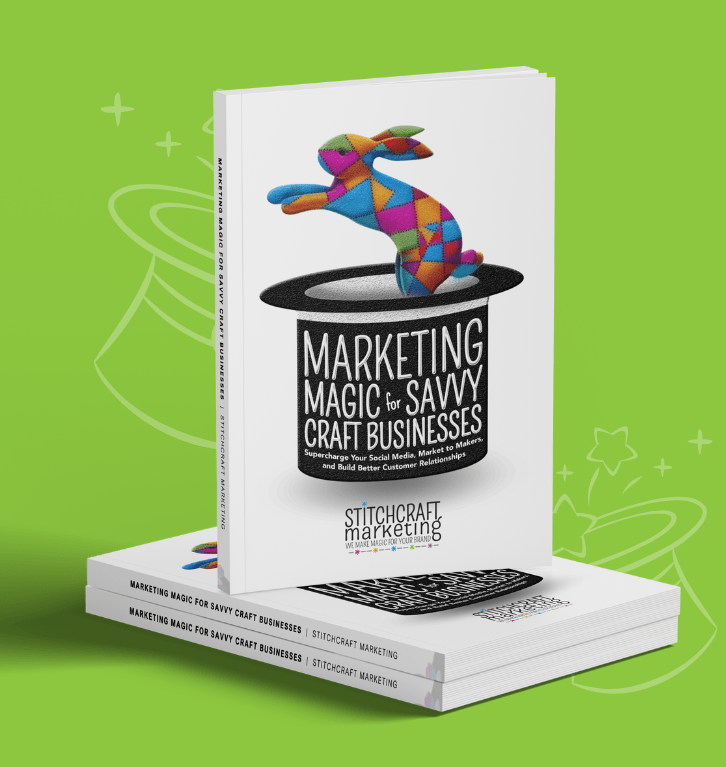


No Comments